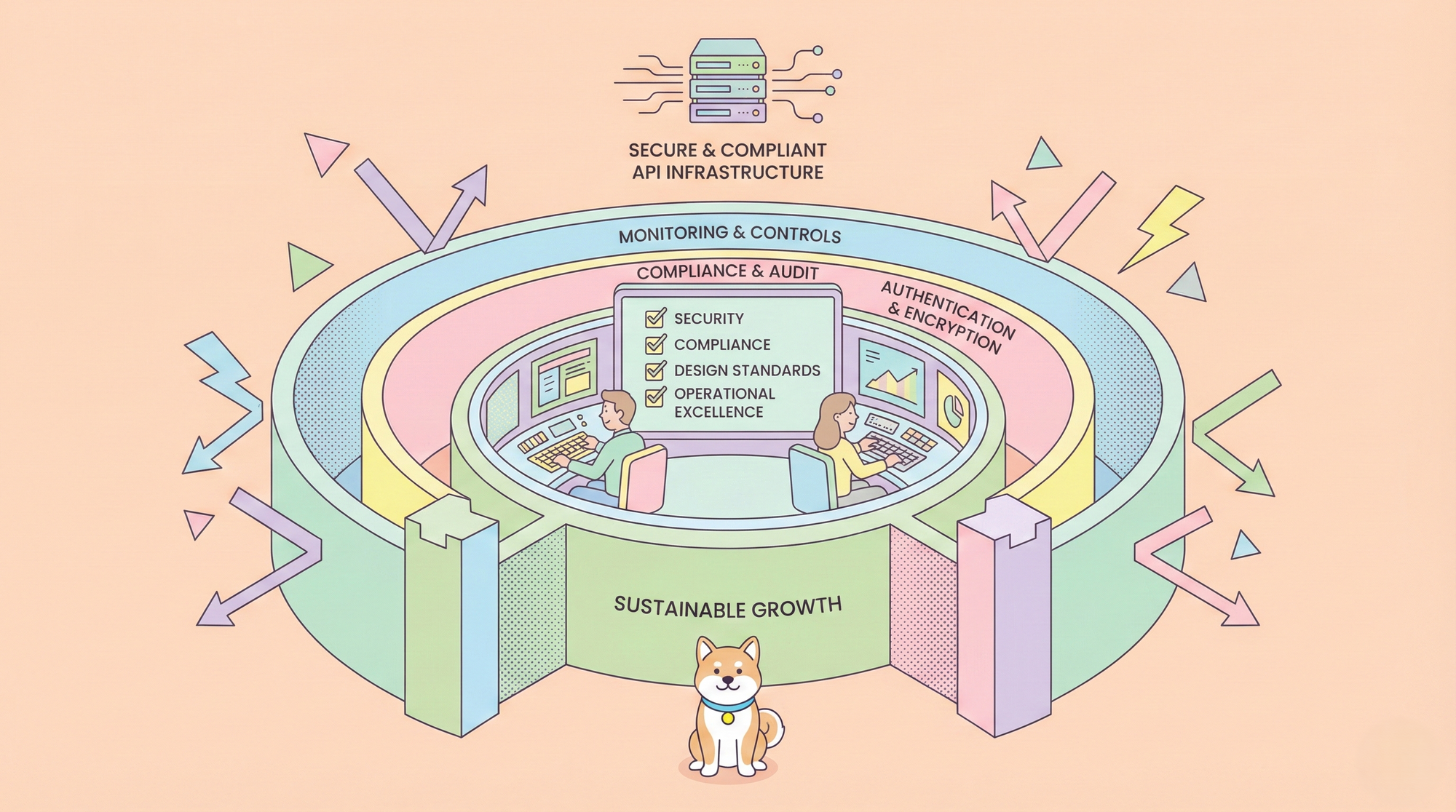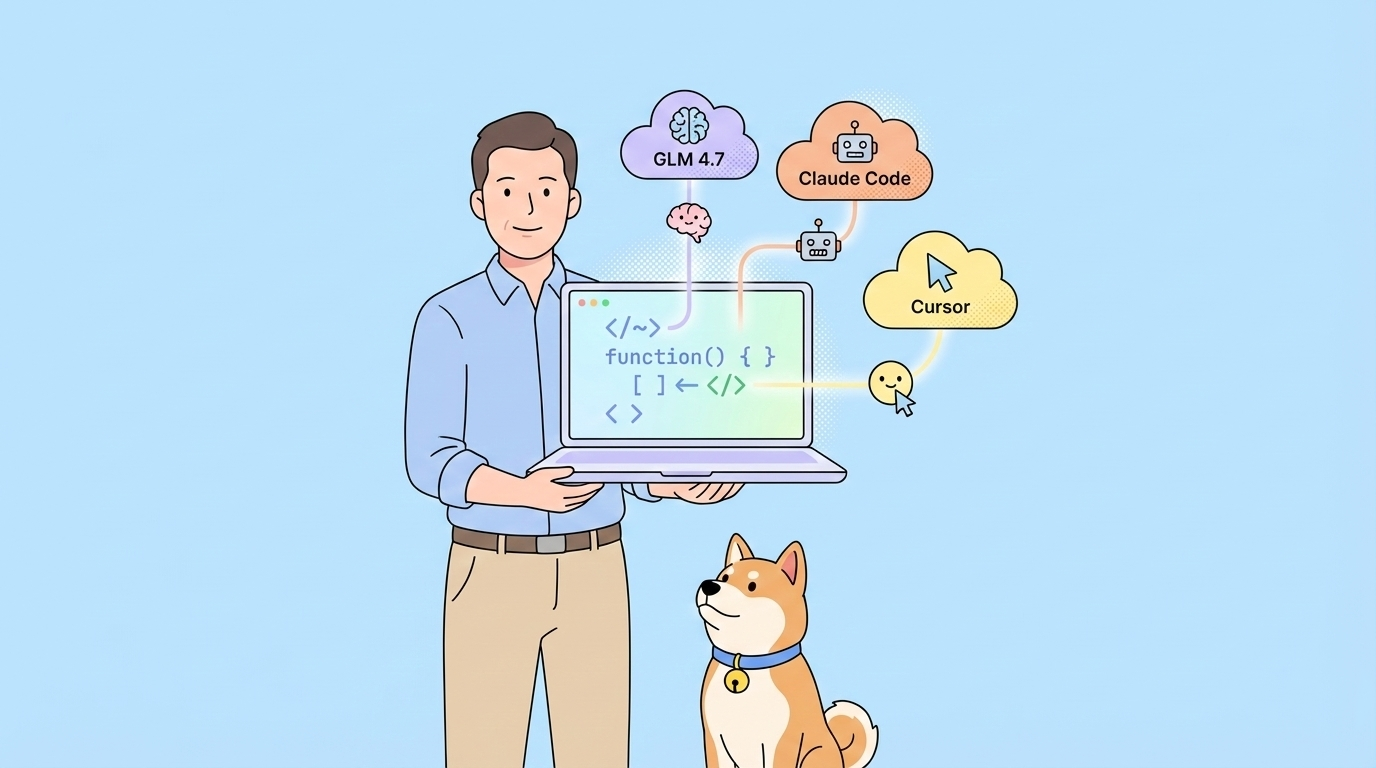The AI development landscape has transformed dramatically, and Kiro stands at the forefront of this revolution. Since launching over 90 days ago, more than 100,000 developers have joined the waitlist to experience this spec-driven approach to coding with AI. The exciting news? The waitlist is officially gone, making Kiro accessible to every developer ready to embrace the future of AI-assisted development.
But here's the question many developers ask: How can you use Kiro for free? In this comprehensive guide, we'll explore every avenue to access Kiro's powerful features without stretching your budget, while also introducing you to Apidog—a comprehensive tool for API development and testing.
Understanding Kiro Free Access and Core Features
What Makes Kiro Special
Kiro represents a paradigm shift from traditional "vibe coding" to structured, production-ready development. Unlike other AI coding tools that focus solely on quick prototypes, Kiro bridges the gap between rapid development and enterprise-grade applications through its unique specs and hooks system.
When you access Kiro for free, you're not getting a watered-down version—you're experiencing the same core philosophy that has attracted hundreds of thousands of developers. The platform's strength lies in its ability to transform single prompts into comprehensive development plans, complete with requirements, technical designs, and implementation tasks.
Key features available in Kiro free access:
- Specs Creation: Transform basic prompts into detailed user stories with EARS notation
- Technical Design Generation: Automatic creation of data flow diagrams and TypeScript interfaces
- Task Sequencing: Intelligent ordering of development tasks based on dependencies
- Code Integration: Seamless integration with existing codebases
- Cross-Platform Support: Available on macOS, Windows, and Linux
The free tier provides substantial value through Kiro's credit system. New users receive 500 bonus credits valid for 30 days—equivalent to 50% of the Kiro Pro plan. These credits operate on a metered system with 0.01 increments, ensuring you maximize every interaction with the AI.
How Kiro Free Credits Work
Understanding Kiro's credit system is crucial for maximizing your free usage. The platform employs a unified credit pool that serves both casual "vibe coding" and structured spec-driven development. Different activities consume credits at varying rates based on complexity:
- Auto Agent: Consumes 1X credits (baseline rate)
- Claude Sonnet-class models: Consume 1.3X credits for equivalent prompts
- Simple chat interactions: Lower credit consumption
- Complex spec generation: Higher credit consumption due to comprehensive analysis
This flexible system means you can strategically use your free credits where they provide maximum value. For instance, using Kiro's specs feature for complex projects while handling simpler tasks through other means can extend your free usage significantly.
Step-by-Step Guide: How to Use Kiro for Free
Getting Started with Free Kiro Access
Step 1: Download and Installation
Visit kiro.dev and download the desktop application for your operating system. Kiro supports macOS, Windows, and Linux, ensuring broad compatibility across development environments.
Step 2: Account Setup and Credit Allocation
During registration, you'll automatically receive your 500 free bonus credits. These credits activate immediately and remain valid for 30 days from signup. The system tracks usage in real-time, allowing you to monitor consumption patterns.
Step 3: VS Code Migration (Optional)
Kiro offers one-click migration from VS Code, importing your existing extensions and settings. This feature eliminates setup friction and lets you maintain familiar workflows while accessing AI-powered features.
Step 4: First Project Configuration
Follow Kiro's comprehensive first project guide to understand core features:
- Set up steering files for project-specific guidance
- Create initial specs for structured development
- Configure hooks for workflow automation
- Connect MCP servers for external integrations
Supercharge Your Kiro Development with Apidog - A Free API Platform
While using Kiro for free provides excellent AI-powered development capabilities, modern applications increasingly rely on robust API integrations. This is where Apidog becomes the perfect complement to your Kiro workflow—offering specialized API development tools that enhance your AI-assisted coding projects without any cost barriers.
Apidog supercharges your development process by providing comprehensive API development capabilities, bringing your applications to life faster.
How Apidog Enhances Your Free Kiro Development
- API Design Integration: Create detailed API specifications that complement Kiro's application specs
- Real-time Testing: Test APIs generated from your Kiro projects
- Mock Server Support: Develop frontend components in Kiro while backend APIs are still in development
- Documentation Automation: Generate professional API docs for applications built with Kiro
- Team Collaboration: Share API specifications with team members working on Kiro projects
Combining Kiro and Apidog for Maximum Development Impact
Smart developers leverage both Kiro and Apidog to create a comprehensive development ecosystem. This combination provides AI-powered application development alongside specialized API management capabilities—all while maintaining free access to essential features.
Development Phase | Kiro's Role | Apidog's Enhancement |
Planning | AI-generated specs and requirements | API specification design |
Development | Code generation and task management | Mock server for testing |
Testing | Application logic validation | Comprehensive API testing |
Documentation | Technical design documents | Interactive API documentation |
Deployment | Production-ready code structure | API monitoring and validation |
Workflow Integration Strategies
- Spec-to-API Pipeline: Start with Kiro's AI-generated specifications for your application architecture, then use Apidog to design the specific APIs your application requires. This approach ensures both high-level planning and detailed API implementation align perfectly.
- Parallel Development: While Kiro helps generate frontend components and application logic, use Apidog's mock servers to simulate backend APIs. This parallel approach accelerates development by removing dependencies between frontend and backend teams.
- Testing Integration: Combine Kiro's application testing capabilities with Apidog's API testing suite. This comprehensive testing approach ensures both your application logic and API integrations function correctly before deployment.
Conclusion
Kiro has made enterprise-grade AI development accessible to everyone—not just those with a paid plan. With its free tier, developers can experience production-ready workflows, structured specs, task orchestration, and AI-assisted design without compromise. When paired with Apidog, the value compounds: while Kiro helps you plan, architect, and generate application logic, Apidog fills the gap on the API side—covering design, mocking, documentation, and testing so your projects stay moving even before the backend is real.
For developers who want to build smarter, faster, and with less cost, the Kiro + Apidog stack offers a rare balance—AI guidance at the application layer, and full API control without pricing friction. If you are looking to ship real software with AI in the loop but still keep your budget tight, this is the stack to start with today.



